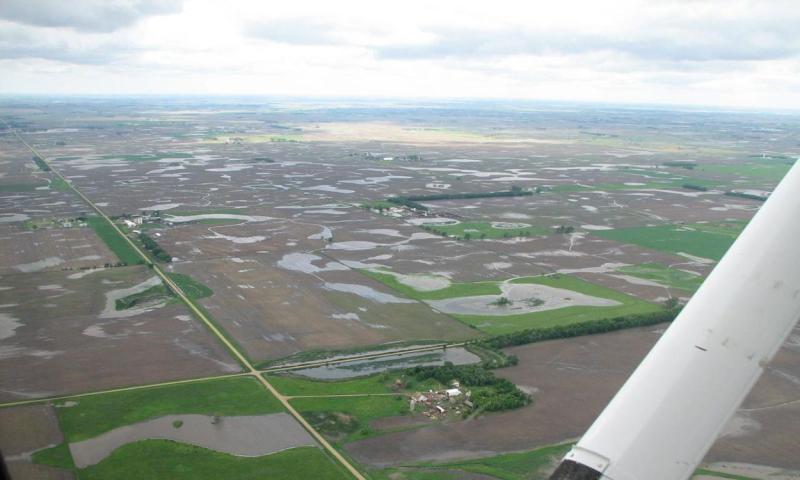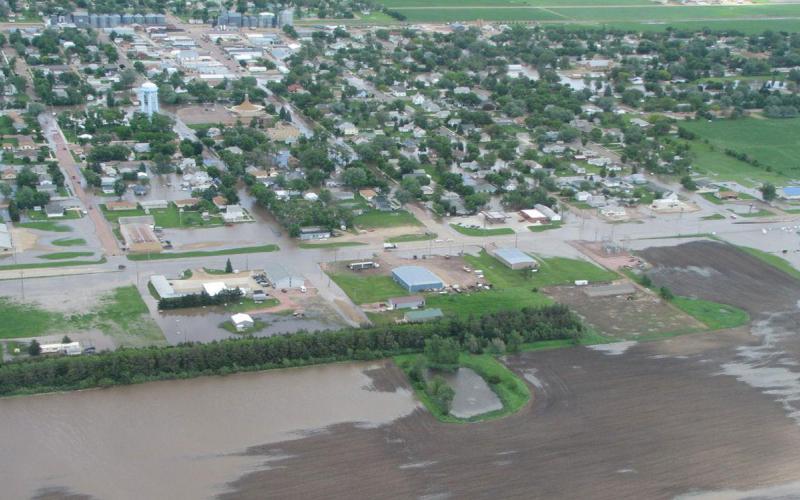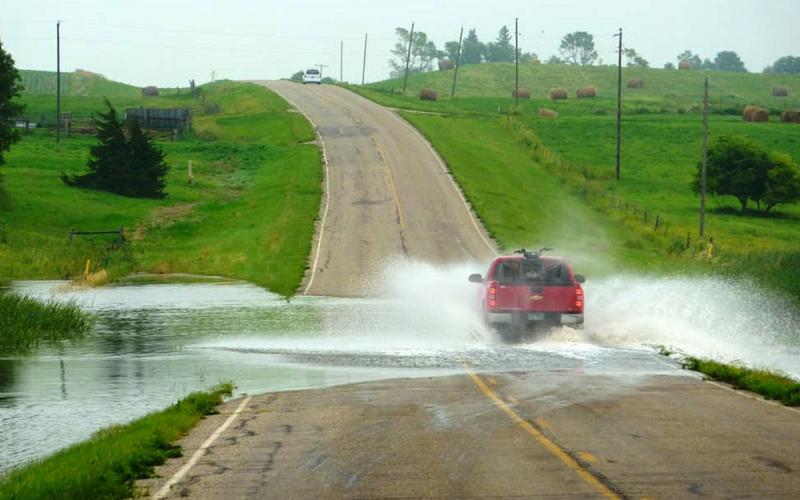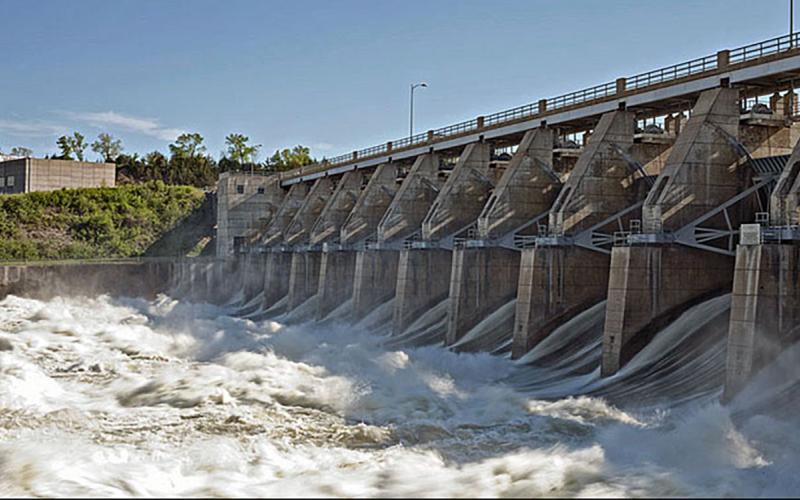Flooding is one of the most devastating natural disasters, affecting millions worldwide each year. The consequences of floods are far-reaching, resulting in significant fatalities, injuries, economic losses, and long-term health impacts. In this article, we will explore the statistics and impacts of floods, both globally and within the United States, based on data from various studies and reports.
Flood Statistics and Impacts

From 1980 to 2009, floods caused 539,811 deaths worldwide, with estimates ranging from 510,941 to 568,680. Additionally, there were 361,974 injuries and over 2.8 billion people were affected by floods during this period. These numbers likely underestimate the true impact due to inconsistent reporting, particularly in terms of injuries and affected populations. Between 1959 and 1991, an average of 119 people died annually due to floods in the United States. This data highlights the ongoing risk and fatal consequences of flooding across the country.
Flooding is the costliest severe weather-related event in the United States, averaging $5 billion in damages annually. Over a 30-year period, the average annual flood losses were even higher, at $8.2 billion, with an average of 89 fatalities each year. From 1942 to 2001, the frequency of years with flood damages exceeding $5 billion increased significantly. In 1942 to 1960, only one year saw such high damages. This number rose to four years between 1961 and 1979 and seven years from 1983 to 2001, indicating a rising trend in number of severe flood events in the recent past.
Between 2003 and 2012, flood insurance claims in the United States averaged nearly $4 billion annually. As of July 8, 2013, over $48.1 billion had been paid out for flood insurance claims and related costs since the inception of the National Flood Insurance Program in 1978.
Floods have both direct and indirect health impacts. Direct impacts include mortality from drowning and injuries from trauma or accidents during evacuation or cleanup activities. Indirectly, floods can increase mortality due to infectious diseases, especially in the longterm. Floods can also disrupt health infrastructures and essential services, potentially causing food shortages and contamination by toxic chemicals, although no verifiable correlation has been observed.
Specific Causes of Flood Fatalities
Pedestrian and Vehicular Fatalities (1959-2005)
A study by Ashley and Ashley revealed that 9% of flood fatalities in the United States occurred when individuals deliberately walked through floodwaters, and 63% of fatalities occurred in vehicles. This emphasizes the importance of heeding safety warnings, such as "Turn around, don't drown!"
Hurricane-Related Flood Fatalities
In coastal and inland counties, 41% of hurricane-related fatalities were due to freshwater drowning, while 33% were caused by wind. Notably, 79% of freshwater drowning fatalities occurred in inland counties, highlighting the significant risk posed by inland flooding during hurricanes.
Population at Risk
A study using 2000 census data found that over 8.6 million people, or 3% of the U.S. population, live in areas with a 1% annual chance of coastal flooding, as defined by FEMA. Including coastal and riverine Special Flood Hazard Areas, approximately 18 million people, or 5.8% of the U.S. population, reside in these high-risk zones.
In Summary
Floods are a significant threat globally and within the United States, causing substantial loss of life, injuries, and economic damages. Understanding the statistics and impacts of floods is crucial for developing effective mitigation strategies and raising awareness about flood risks. It is essential to continue to improve flood reporting, enhance safety measures, and ensure robust infrastructure to protect communities from the devastating effects of floods.
Suggested Readings
- United States, Department of Commerce, National Oceanic and Atmospheric Administration, National Severe Storms Laboratory, Severe Weather 101: Frequently Asked Questions About Floods. Accessed July 8, 2024.
- United States, Department of Commerce, National Oceanic and Atmospheric Administration, National Weather Service. Accessed July 8, 2024.
- United States, Department of the Interior, Geological Survey, Floods and Floodplains. Accessed July 8, 2024.
- United States, Department of Homeland Security, Federal Emergency Management Agency, National Flood Insurance Program. Accessed July 8, 2024.
- Doocy, S., Daniels, A., Murray, S. and Kirsch, T.D., 2013. The human impact of floods: a historical review of events 1980-2009 and systematic literature review. PLoS currents, 5.
- World Health Organization, Floods. Accessed July 8, 2024
- Crowell, M., Westcott, J., Phelps, S., Mahoney, T., Coulton, K. and Bellomo, D., 2013. Estimating the United States population at risk from coastal flood-related hazards. Coastal Hazards, pp.151-183.
- Crowell, M., Coulton, K., Johnson, C., Westcott, J., Bellomo, D., Edelman, S. and Hirsch, E., 2010. An estimate of the US population living in 100-year coastal flood hazard areas. Journal of Coastal Research, 26(2), pp.201-211.
- Czajkowski, J., Simmons, K. and Sutter, D., 2011. An analysis of coastal and inland fatalities in landfalling US hurricanes. Natural hazards, 59, pp.1513-1531.
- Ashley, S.T. and Ashley, W.S., 2008. Flood fatalities in the United States. Journal of applied meteorology and climatology, 47(3), pp.805-818.
- Dittmann, R.H., 1994. Annual flood death statistics per state per capita for the United States and Puerto Rico during the period 1959-1991.
- Cartwright, L., 2005. An examination of flood damage data trends in the United States. Journal of Contemporary Water Research & Education, 130(1), pp.20-25.


